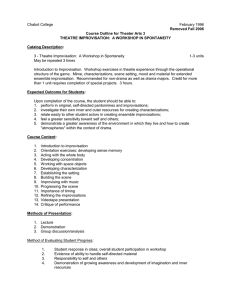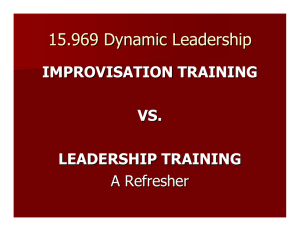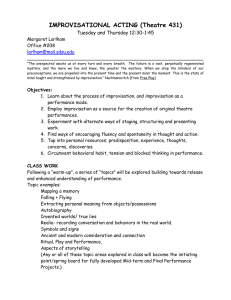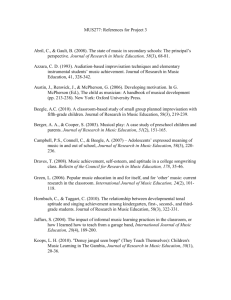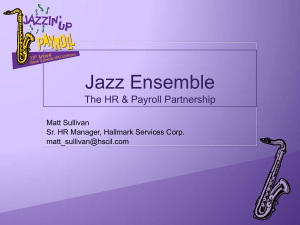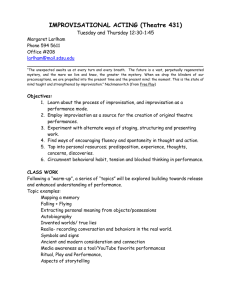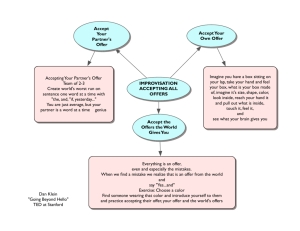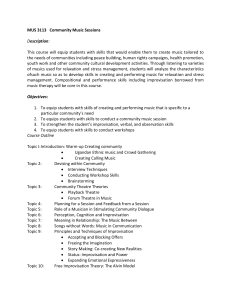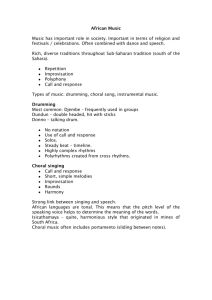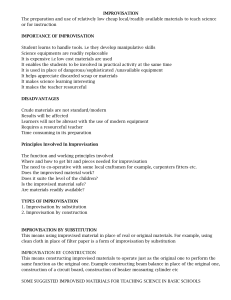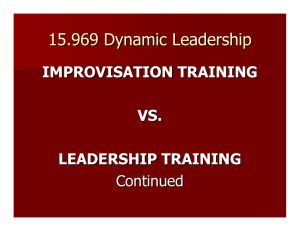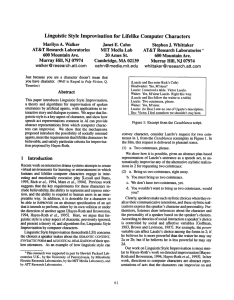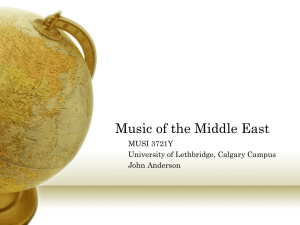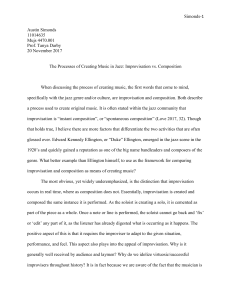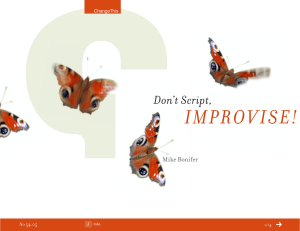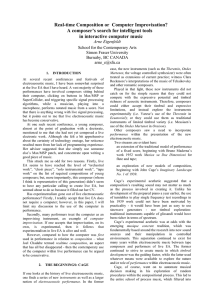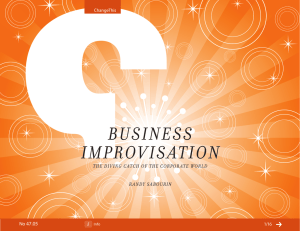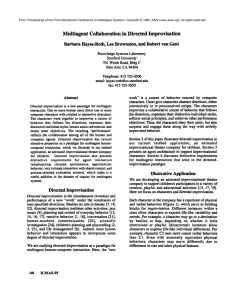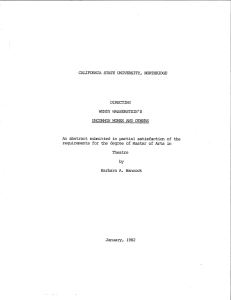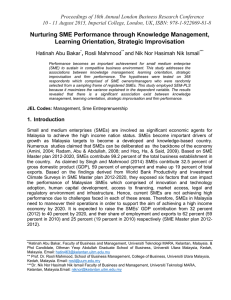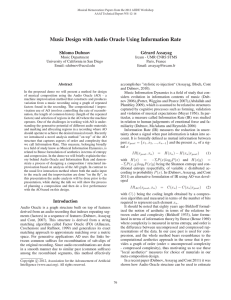Open-space Learning in Real World Contexts* Workshop Practice:
advertisement
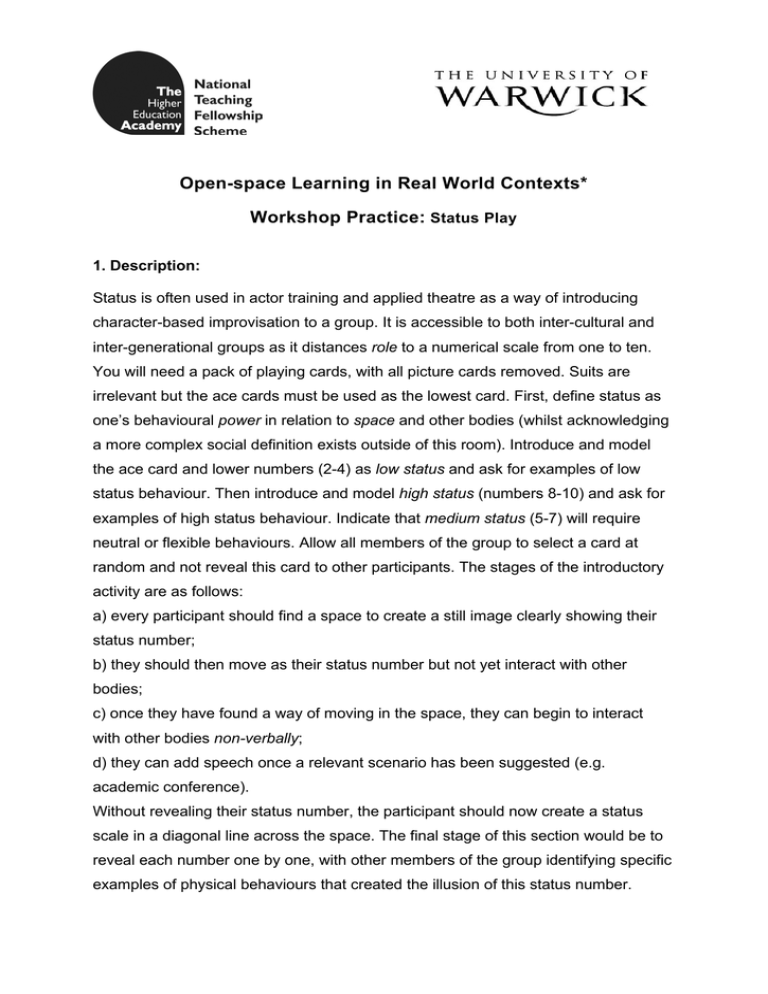
Open-space Learning in Real World Contexts* Workshop Practice: Status Play 1. Description: Status is often used in actor training and applied theatre as a way of introducing character-based improvisation to a group. It is accessible to both inter-cultural and inter-generational groups as it distances role to a numerical scale from one to ten. You will need a pack of playing cards, with all picture cards removed. Suits are irrelevant but the ace cards must be used as the lowest card. First, define status as one’s behavioural power in relation to space and other bodies (whilst acknowledging a more complex social definition exists outside of this room). Introduce and model the ace card and lower numbers (2-4) as low status and ask for examples of low status behaviour. Then introduce and model high status (numbers 8-10) and ask for examples of high status behaviour. Indicate that medium status (5-7) will require neutral or flexible behaviours. Allow all members of the group to select a card at random and not reveal this card to other participants. The stages of the introductory activity are as follows: a) every participant should find a space to create a still image clearly showing their status number; b) they should then move as their status number but not yet interact with other bodies; c) once they have found a way of moving in the space, they can begin to interact with other bodies non-verbally; d) they can add speech once a relevant scenario has been suggested (e.g. academic conference). Without revealing their status number, the participant should now create a status scale in a diagonal line across the space. The final stage of this section would be to reveal each number one by one, with other members of the group identifying specific examples of physical behaviours that created the illusion of this status number. 2. Learning Possibilities: There are various ways to develop this concept, once you have introduced it to the group, but you should be aware that it is actually a constantly shifting continuum which creates one way of reading body language in social settings. At best, the activities allow non-practice based students to open up their physical expressiveness, enabling more flexible and dynamic encounters in future work. Essentially, this is an improvisation tool and it is a good way of introducing enactive approaches and role-play to non-performers. 3. Examples Business: We have successfully used status work with both undergraduate and postgraduate students of Business, Cultural Policy and Management. Using status exercises, the participants can practice for presentational environments and consider the role of spontaneity and creativity in entrepreneurial settings. Academic Training: We have also used these methods in the skills development of early career academics. It is specifically useful in creating an inter-disciplinary learning environment and encouraging participants to be more playful with knowledge production. This approach also helps respond to the phenomena known as status anxiety and/or impostor syndrome. English Literature: These exercises have an obvious benefit to studies of dramatic literature, but may also provide a creative learning opportunity to students of prose and poetry from any period. Fundamentally, this work can help analyse characters and situations in new and exciting ways. For more detailed information on Status: Johnston, Keith. 2007. Impro: Improvisation and the Theatre. London: Methuen. Panet, Briget. 2009. Essential Acting. London: Routledge. *A National Teaching Fellowship Scheme project, funded by the Higher Education Academy, 2009-11.
